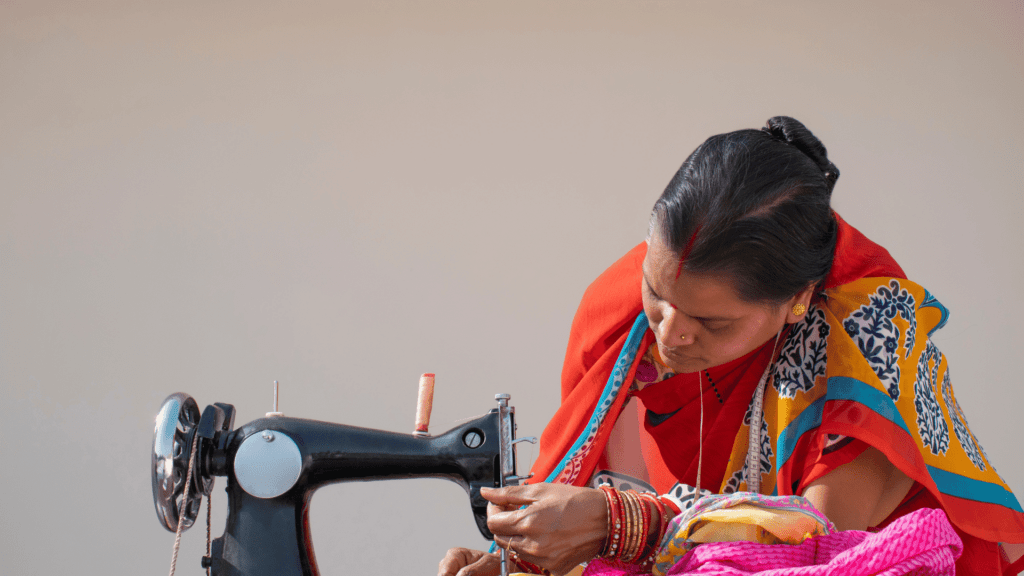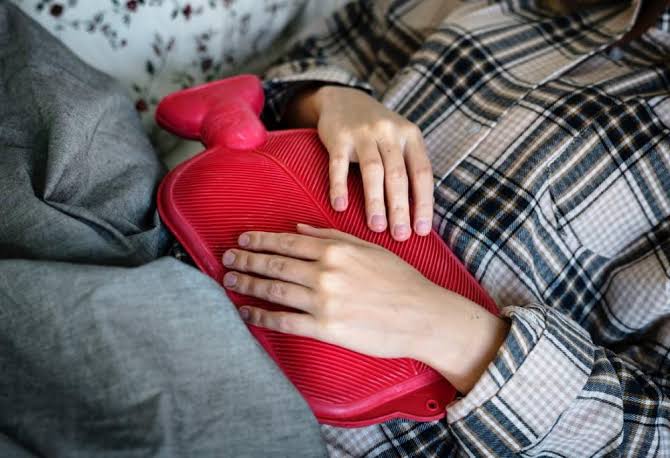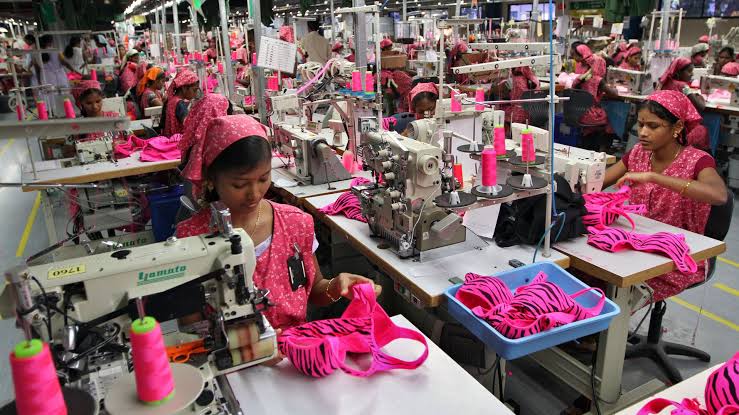
Stitching Lives: Successful Sangrur Women Prove that Sewing is a Timeless Skill
Around 150 women residing in the rural region of Punjab’s Sangrur sustain their livelihoods by sewing school uniforms, catering to the needs of children in the area. Beginning as a humble initiative, they have now achieved significant growth, with their annual turnover set to reach an impressive milestone of Rs 1.5 crore.
Women from different villages belonging to various self-help groups (SHGs) have united to participate in a program called Promoting Employment of Households through Entrepreneurship and Livelihood (PEHEL), which the Sangrur administration initiated.
In August 2022, they began their first project, stitching uniforms for government schools. The NREGA Bhawan in Akalgarh recently underwent renovation and was transformed into a PEHEL livelihood hosiery.
The hosiery has been established under the block-level federation of Sunam, known as Shaheed Udham Singh Block Sangathan. The purpose of PEHEL is to help them establish their small businesses and create employment opportunities for their households.
This workplace employs women from 20 villages, including Chhahar, Jakhepal, Satauj, and Gobindgarh. The hosiery is conveniently located on the main Sangrur-Sunam road, providing easy accessibility for the workers. They can easily commute by bus and also conveniently transport and deliver items.
The funds provided by the livelihood mission to Sangathan are mainly used to procure machines and renovate buildings. Around Rs. 5 lakhs were allocated to purchase umbrella machines, steam presses, cutting machines, buttonhole machines, and overlocking machines. Additionally, Rs. 1.5 lakh was dedicated to the renovation of the building.
The hosiery company sells uniform kits to schools for both boys and girls. The girls’ kits consist of a salwar kameez, shoes, socks, a cap, a dupatta, and a pullover. On the other hand, the boys’ kits include pants, a shirt, socks, shoes, a cap, a turban, and a pullover. Each complete set costs Rs. 600.
At this workplace, there are two options for their work arrangements. They can either sit at the centre and sew clothes from 8 a.m. to 5 p.m. or take the stock home and return it within a specific deadline. To maintain organisation and accountability, they track their work both manually and on the computer.
Women earn approximately 60 rupees for stitching each salwar kameez and 65 rupees for stitching each pant and shirt. They are solely responsible for sewing the clothes; others handle the cutting part. They receive payment based on the number of pieces they sew. On average, a woman earns around Rs 300–400 per day.
The ability to be self-employed and have the freedom to determine their job arrangements is empowering and plays a significant role in achieving financial independence. The accomplishment of this project serves as a powerful example of the strength inherent in community-led endeavours and underscores the significance of prioritising women’s economic empowerment.




